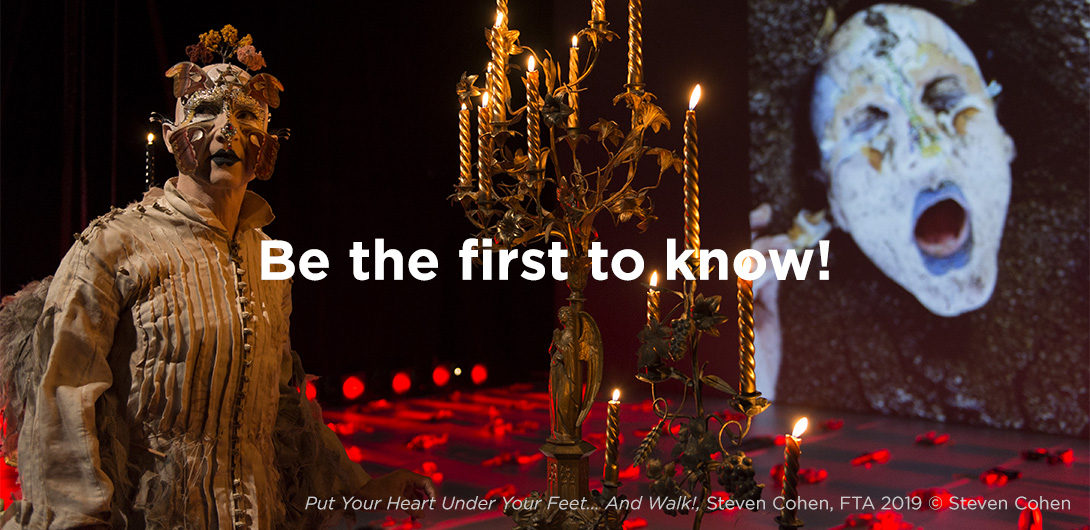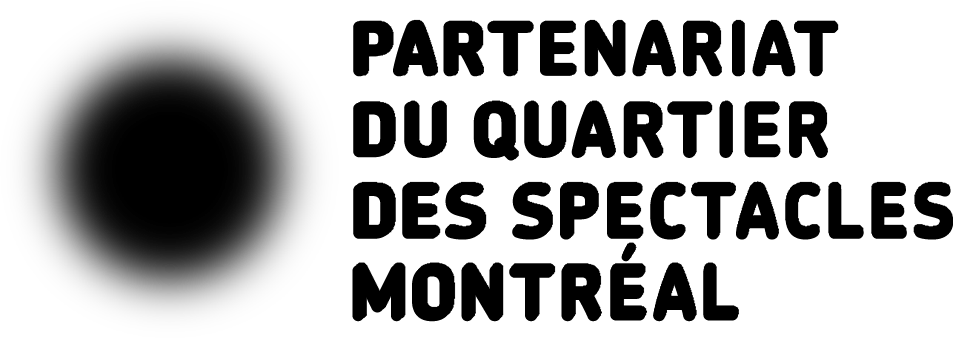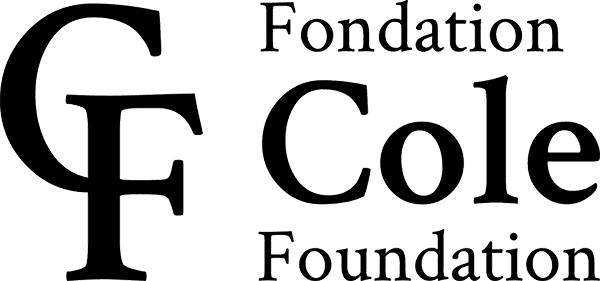What kind of space do you want to create with Survival Technologies?
Kamissa Ma Koïta: A circular space where Black joy reigns. It’s a space that reminds me of the palaver trees found in some African countries, around which family gatherings and village assemblies are organized to resolve conflicts of various kinds. It’s a format that’s also found in African-American cultures in the practice of ciphers, battles, and the like. I see it as a motif of afro culture that manifests in a colonial context, that reappears despite oppression, and that’s linked to the Afrofuturist movement, with which I associate this project.
Elena Stoodley: Survival Technologies is a circle of expression for Afro-descendants based in the West, where the ancestral technologies we have retained within us can be expressed despite the ubiquity of colonial technologies.
Could you tell me about the technologies in the show?
E.S.: The show’s primary technology is dance—an unparalleled tool of resistance and means of passing on ancestral knowledge. It liberates the dancers and links them on the same wavelength. We use it in this work to oppose another technology, artificial intelligence, which imposes on our circle. Developed mostly by privileged people, AI reproduces the social biases of its creators while at the same time appropriating Black artists’ intellectual property. The show also features technologies such as meetings, vibrations, call-and-response songs, and joy—the expression of joy without shame.
K.M.K.: For me, it’s important to make the following distinction: we don’t approach dance as a form of entertainment or cultural activity but as a way of celebrating the stages of life and communicating with our ancestors. They are the ones who pass on this embodied knowledge to us. By fighting artificial intelligence with dance, we want to resist capitalist and neo-colonial systems with that which belongs to us and resides within our bodies. I would really like for this ancestral knowledge from Africa to be recognized as science, in the same way that medicine or western engineering are.
To what do you aspire by dancing? How does dance transform you?
K.M.K.: I want to integrate my Malian culture by dancing, to leave the “here” of Canada and rediscover the traditions of my family who still live over there. In a sense, I’m trying to put myself in the position of a future ancestor. I want to leave behind the Western elements that weigh me down. I want to offer my best to those who will come after me by focusing on my life ethic and the way it will influence future generations.
E.S.: As for me, I want to reappropriate my freedom. Over the years, I realized that I was holding back from moving freely because I don’t have a standard body. Dance heals, so why deprive myself of its medicine? In dancing, I give myself the right to imagine the most fabulous future possible by reminding myself of who I am and of my ancestors’ dreams and joys. We want to put those joys into practice now and maintain them for future generations.
Survival Technologies isn’t your first collaboration with PME-ART. What relationship do you have with this interdisciplinary group?
K.M.K.: I first discovered the company when I attended their show Un sentiment d’authenticité : mode d’emploi. I thought to myself, “They’re really weird! I absolutely have to practice with them.” And since then, we’ve worked together. I’m constantly thankful for what Jacob and Sylvie offer us and how they make our lives better. We have a relationship of trust and mutual respect that goes far beyond a professional relationship.
E.S.: I totally agree. For my part, I was first invited by the company to take part in the project Toutes les chansons que j’ai composées in 2016, seven years ago already. From the very beginning, I was surprised by their “anti-fragility,” meaning that I didn’t find myself dealing with the white fragility that I’m used to in Montreal’s arts scene. This anti-fragile relationship made me feel that I have a right to be here, with no reservations.










